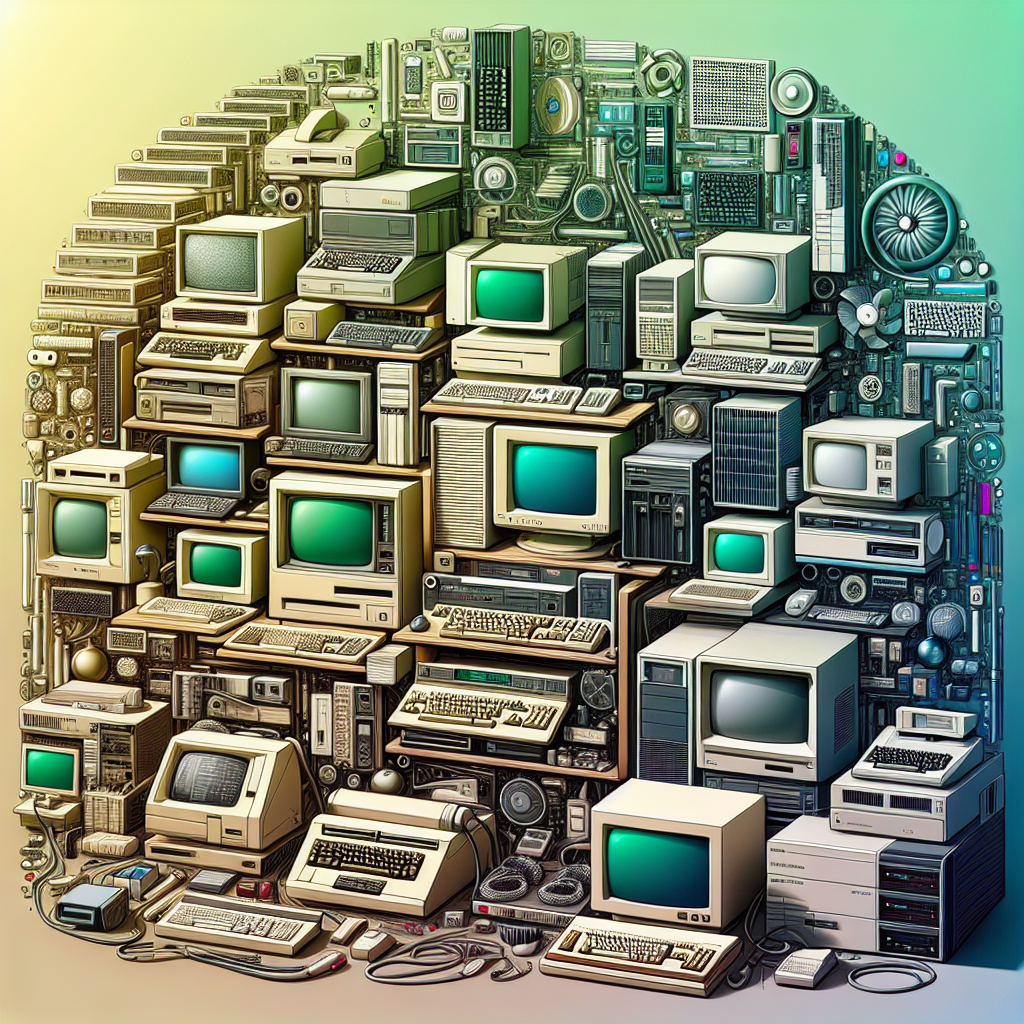Blog Ecobraz Eigre

The Evolution of Computers: From the 1970s to the 21st Century
Introduction to the Technological Evolution of Computers
The trajectory of computers from the 1970s to the 21st century presents fundamental transformations in architecture, processing, and application. Computational evolution impacts various areas, including environmental management and information security, essential territories for B2B decision-makers in ESG, IT, and legal fields.
Computers in the 1970s
In the 1970s, computers were still characterized by their large physical size and high cost. The predominant architecture was based on integrated circuits, marking the beginning of the popularization of microprocessors. At that time, operating systems were rudimentary and geared towards mainframes and minicomputers, widely used in industrial automation and research.
Advances in the 80s and 90s
During the 1980s, the introduction of personal computers (PCs) revolutionized access to technology, with more compact and affordable models. The development of graphical interfaces and local networks improved the interaction between users and devices, facilitating data processing and communication. In the 1990s, global connectivity was boosted by the popularization of the internet, transforming the world's digital infrastructure.
Innovations of the 21st Century
The 21st century witnessed the consolidation of computers as indispensable tools in all professional segments. Evolution in microprocessors, storage, and software led to more powerful and efficient devices. Technologies such as cloud computing, artificial intelligence, and big data redefined the capacity for high-scale information processing and analysis.
Implications for Sustainable Management and Information Security
The disposal and proper management of computing equipment have undergone increasing regulation, given environmental concerns and risks associated with residual data. Brazilian environmental legislation, such as the National Solid Waste Policy (Law No. 12,305/2010), establishes guidelines for the proper collection of electronic equipment. For reverse logistics and electronic waste collection, this regulation is the official reference.
For the safe disposal of storage media such as HDDs, proper sanitization is essential for the protection of sensitive information. HDD disposal and sanitization services ensure compliance with the General Data Protection Law (LGPD - Law No. 13,709/2018), protecting personal and corporate data during the end of device life cycles.
Conclusion
The evolution of computers, from the 1970s to the 21st century, is marked by technological advances that influence corporate operations and environmental issues. For B2B decision-makers, understanding this trajectory is crucial to integrating sustainable practices and ensuring regulatory compliance in equipment and data management.

Deixe um comentário
O seu endereço de e-mail não será publicado. Campos obrigatórios são marcados com *